Foods 1020 Lessons
| Site: | Joans-place |
| Course: | Foods |
| Book: | Foods 1020 Lessons |
| Printed by: | Guest user |
| Date: | Tuesday, 21 October 2025, 8:34 AM |
Description
Your lessons
How to do this Module
Everything you need to hand in for this lesson is included in this check list. Each of the lessons will teach a portion of what you need to complete items on the check list. Please hand in the checklist and all the photos once you have completed the module.
Foods 1020: Contemporary Baking Check list 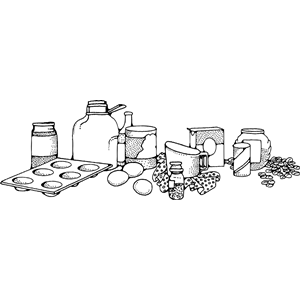
Checklist for Module Completion
In this Module you need to develop and demonstrate an understanding of traditional and contemporary baking focusing on basic measuring techniques, preparation methods, role of ingredients and the proper use of equipment for baked goods.
Check off each of the following when you have done them.
Here is a link to the Checklist in Word format
Here is a link to upload your completed work
|
|
I have completed the baking ingredients assignment and submitted it for marking. |
| I have completed the adapting recipes for health assignment and submitted it for marking. | |
|
|
I washed my hands before working with food and have included a photo. |
|
|
I made sure my workspace was clean before I started and have included a photo. |
|
|
I have gathered the kitchen utensils, tools and ingredients needed for the recipe, before beginning and have included a photo. |
|
|
I have prepared five recipes that demonstrate each of the following: 1. muffin method 2. biscuit method 3. creaming method 4. a baking method focusing on ethnic diversity 5. a modified recipe to focus on creating a healthier alternative |
|
|
I have ensured my workspace was clean after my cooking was complete and have included a photo. |
|
|
I have had two people, (friends or family) test all five of my baking assignments. I have included their comments regarding the following questions: 1. Is the appearance of the baking appetizing? 2. Does the baking taste good? 3. Is there a suggestion for improvement? |
Baking ingredients and their function
Lesson Questions
- Examine the effect of culture on baked goods.

- What is the role of key baking ingredients?
Lesson
Why would you want to learn contemporary baking? One simple answer could be that every person deserves a good food relationship…to know how to afford, prepare, share and enjoy nourishing foods.
One of the delightful features of the world becoming a global village is the increase in opportunities to taste the cuisine of cultures different from our own.
Foods and nutrition is affected by culture, with religion playing an influential role. For example, in the Hindu and Buddhist religions the consumption of both pork and beef is frowned upon. The large majority of Hindus and Buddhists are strict vegetarians. The consumption of pork is prohibited in Judaism whereas Christianity allows the consumption of any types of meat. The Jain religion does not allow the eating of any meat and any vegetables grown beneath the soil.
Geography also has a big effect on food choices. Let’s take a look at a cultural staple - bread in its many different forms. Think of wonderful treats such as Irish soda bread, Bannock, French bread, Pita bread, Tortillas, and so many more ethnic bread recipes. (Note: each link here is to a recipe.)

To build confident skills with baking, we need to really understand the common ingredients and their function.
Click here for baking tips and a description of basic ingredients and their role in baking. Baking Basics & tips
What to do
Variety of preparation methods
Lesson Questions
- How do different preparation techniques affect the characteristics of the baked product?
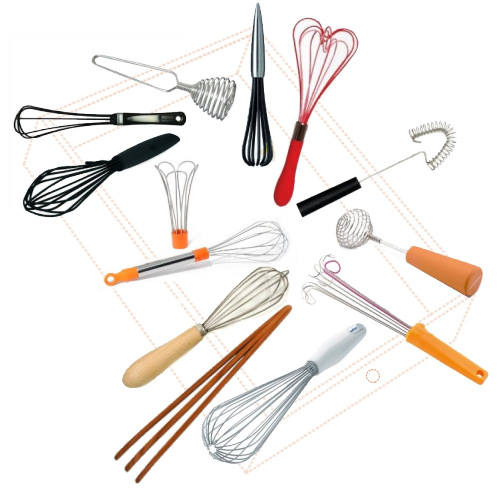
Lesson
In baking, there are a number of different preparation techniques, and these have important influences on the characterisitic of the baked goods produced.
1. Muffin method
- Whisk all the wet ingredients together including the eggs and oil or melted butter.
- Whisk the dry ingredients together.
- Add the wet ingredients to the dry ingredients. Stir with a spatula until just moistened.
- Place in tins and bake immediately as set forth in the recipe.
2. Creaming Method
- With the paddle attachment of an electric mixer, cream together the butter or shortening and sugars, spices, and salt until light.
- Add the eggs one at a time, creaming after each.
- Add the liquid ingredients and stir them in. Do not over-stir or you may reduce the entrained air in the creamed mixture.
- Mix the flour and leavenings together and then add them to the creamed mixture. Mix until just combined.
- Place in tins or a pan and bake immediately as set forth in the recipe.
3. Biscuit method
- Have all your ingredients really cold.
- Whisk dry ingredients togetherwell. This means flour(s), salt, (sugar), any dry flavorings, such as spices.
- Cut up the cold fat into chunks about 1/2″
- Cut or rub in the fat with your fingers or knife.
- Add in the liquid until you have the desired consistency. Stir minimally.
There are many categories of cookies:
1. dropped
- generally the dough is made using the creamed method
- it is dropped onto a baking sheet from a spoon.
2. rolled
- generally the dough is made using the creamed method
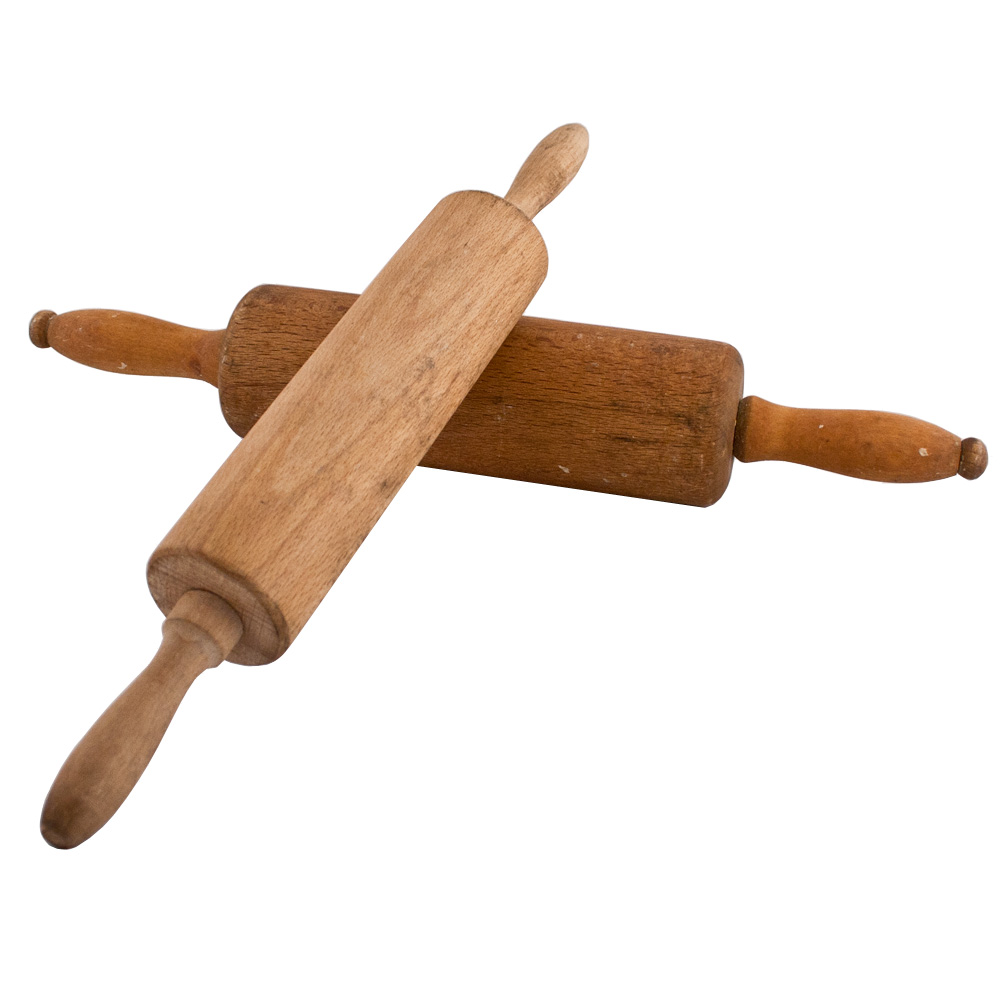
- it is rolled out and cookie cutters are used
3. refrigerator
- generally the dough is made using the creamed method
- this dough is very sticky once prepared but after much chilling, it's firm enough to slice and bake.
4. bar
- Simple ingredients come together to make these cookies.
- They need to be chilled a longer time for a long time to give the ingredients time to become firm.
- Many of these cookies are held together with melted chocolate.
Contemporary baking for wellness
Lesson Questions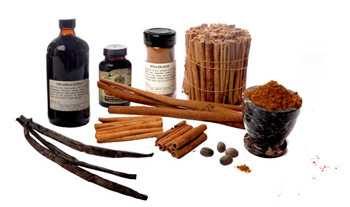
- How can we adapt baking recipes to make them more healthful?
Lesson
We would like to eat more nutritionally but don’t want to throw out all our family favorite recipes. We can adapt recipes to use real food ingredients that can increases the flavor and intensity of each recipe as well as making them more healthful.
Some strategies and an example. Choose a recipe that is relatively healthy to begin with, one that contains fruit and/or gets much of its flavor from spices
- Reduce the sugar content. In most cases you can do this without changing the rest of the recipe at all. You can half the sugar, then taste the batter before
 baking and add a little more if it needs it.
baking and add a little more if it needs it. - Replace refined white wheat flour. Wholemeal flour, or gluten-free flour blends are tasty and nutritious, you just may need to add a little more liquid.
- Make other adjustments as you go. For example in the recipe below, the apples are grated with their skins on. Another trick is to increase the quantities of spices.
- Adding nuts or seeds is also a good idea and adds texture. Both are high in calories but full of goodness, which is much more important.
- Skip icing, sugary toppings etc.

Apple-Date Cake
|
Ingredients (Original)
TOPPING:
Method
|
Ingredients (Healthy adaptation)
Makes enough for 12 muffins or a 23cm cake. Method
|
What to do
Demonstration of skills in contemporary baking
Lesson Questions
- Demonstrate your skills in baking.
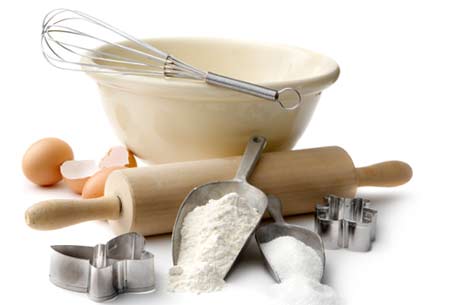
Lesson
Time to bake!
Remember what you have learned about cleanliness and organization of both time and your workspace. Have fun!
What to do
Prepare a minimum of five recipes that emphasize:
1. muffin method
2. biscuit method
3. conventional cake method
4. a baking method focusing on ethnic diversity
5. a modified recipe to focus on creating a healthier alternative
Complete and hand in your checklist. Be sure to have a complete set of photos for each of the five methods.